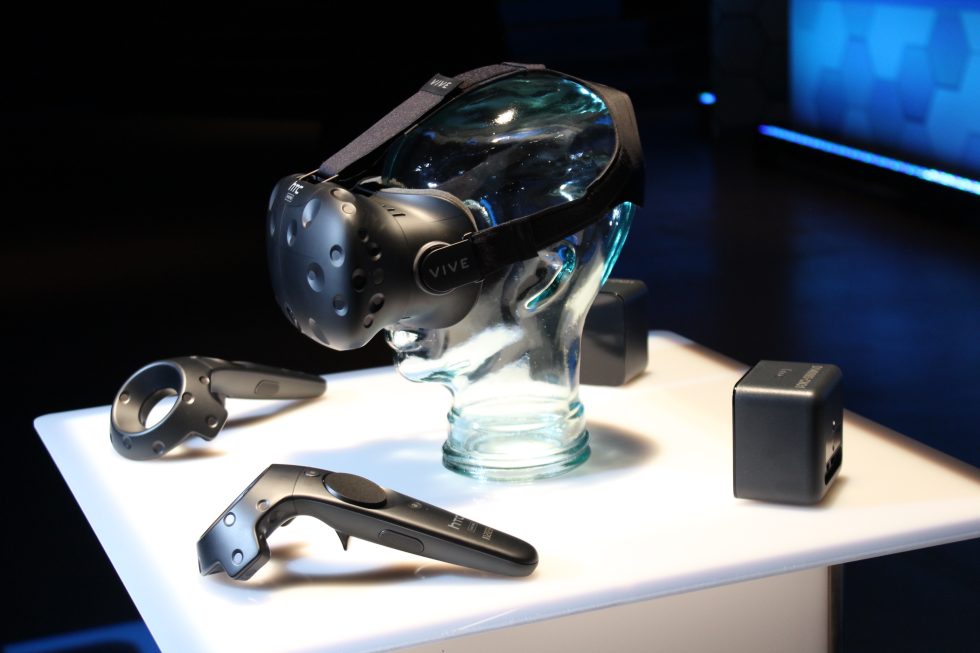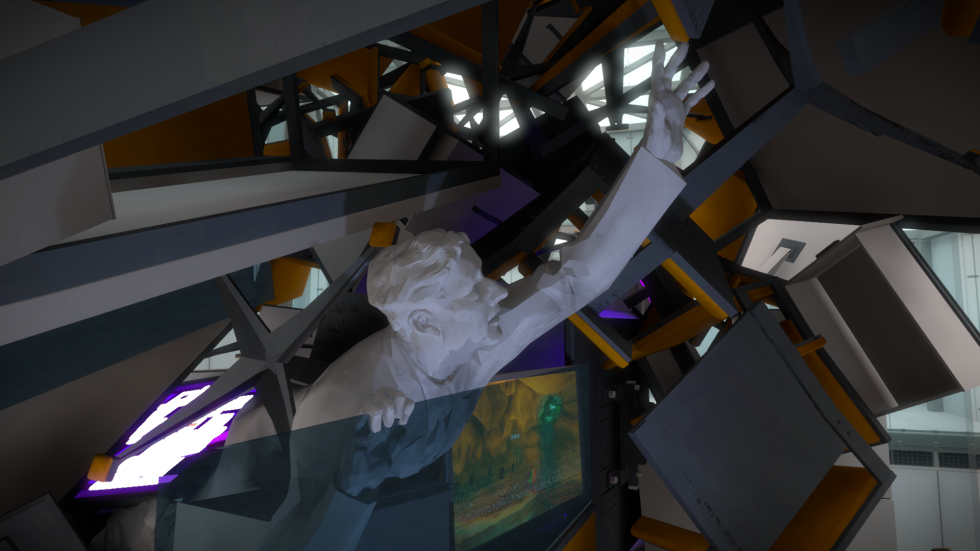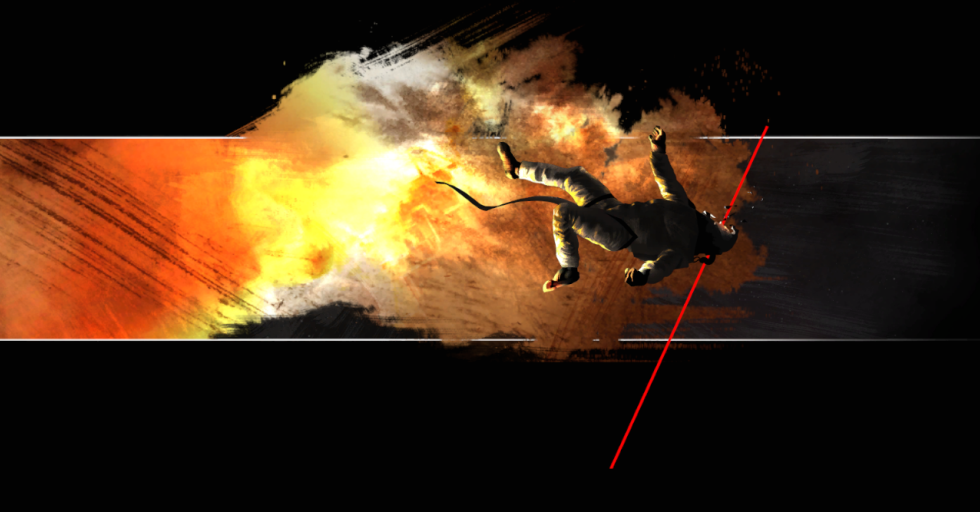SEATTLE, Washington—How many times can a publication attend a virtual reality showcase and walk away stunned by something it's never seen before? Judging by the past few years of Ars' VR explorations, quite a few.
As such, we don't blame readers who might say, "Tap the VR brakes, Ars." Still, this week's SteamVR Developer Showcase event is forcing us to reach into the hyperbole bag once more. The event blew us away thanks to a number of never-before-seen stunners, along with previously announced HTC Vive titles that have only gotten better in the oven before their retail launch later this year. (April, we hope.)
"Room scale" VR is a tough sell, especially for people whose homes don't easily accommodate enough cleared-out space for walking around with a headset on, but while we've already been impressed with what the platform can support, we didn't think we could be impressed any further. We were wrong. Read below to see why we're currently trying to put our kids, pets, beds, and significant others up for adoption—so we can hurry up and make space for this incredible new platform. (Sorry, sweeties.)







